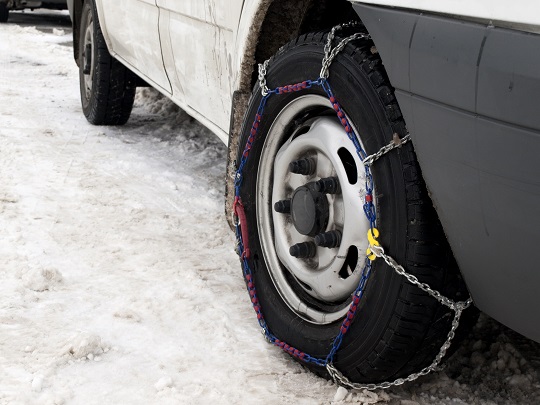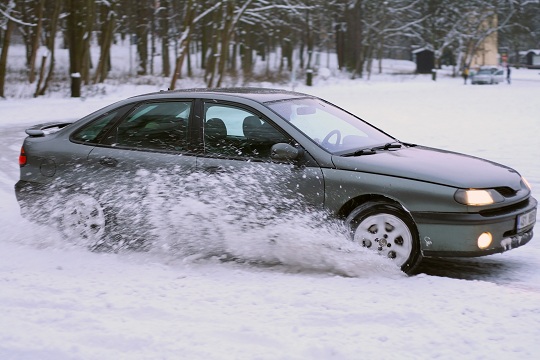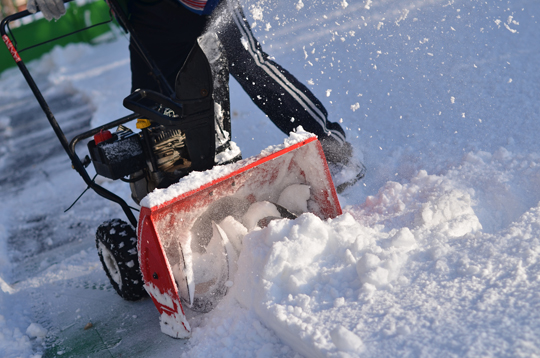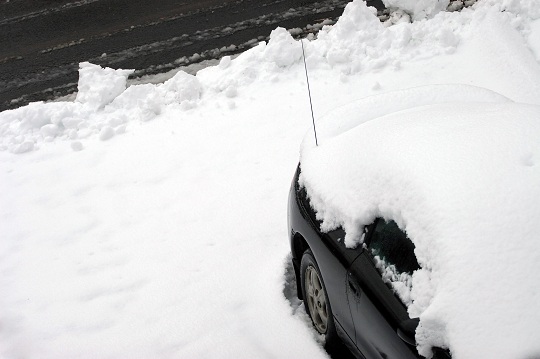When driving on snow-covered roads, sometimes you may need tire chains for extra protection. However, for some drivers, tire chains are difficult to handle and install. If you’re looking for an alternative to tire chains, you might try zip tie snow tires.
What Are Zip Tie Snow Tires?
A zip tie is a device which ensures better traction on snowy roads. It is disposable and can be easily installed on your snow tires. If you think that installing tire chains is a hassle, zip tie snow tires are an accessible option.
However, keep in mind that zip tie snow tires are a temporary solution, which is meant for use in emergencies. When you equip your car with zip tie snow tires, you should know that they are made for low speed and short distances.
How Are Zip Tie Snow Tires Installed?
Many drivers find the installation of tire chains to be a daunting and time-consuming task. Unlike tire chains, zip tie snow tires are simple to install. Just take a zip tie traction device and place it on the wheel of your car, just as you would do with a regular zip tie, which you use to bundle cables, for instance.
What Are the Advantages of Zip Tie Snow Tires?
– They are simple, easy to install devices.
– You don’t need tools to install zip tie snow tires.
– If you get stuck in snow, and your wheels are spinning, they can help you get unstuck quickly.
– Zip tie snow tires facilitate traction.
– They are an affordable alternative as compared to tire chains.
– Unlike tire chains, zip tie snow tires are easy to store in the back of your car.
– You can take them with you when traveling.
– Unlike tire chains, zip tie snow tires are adjustable.
Need Help?
If you want to know more about zip tie snow tires, or if you need assistance with your car, contact TalkLocal today. We can put you in touch with a local professional right away.













